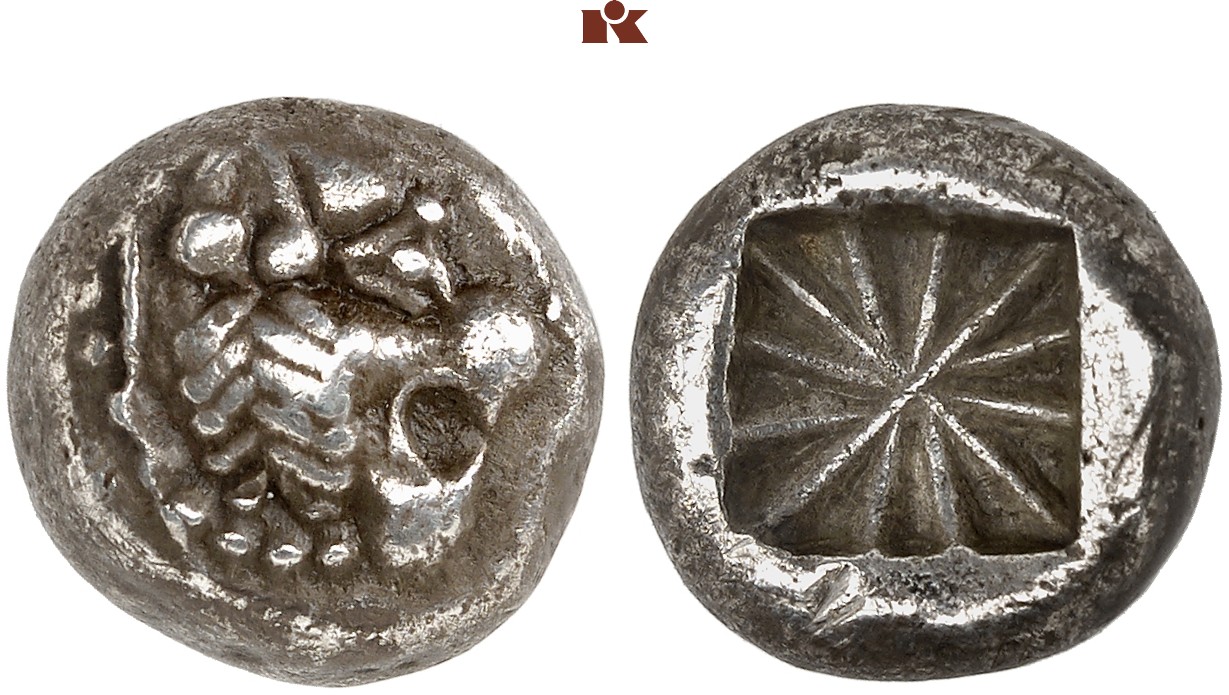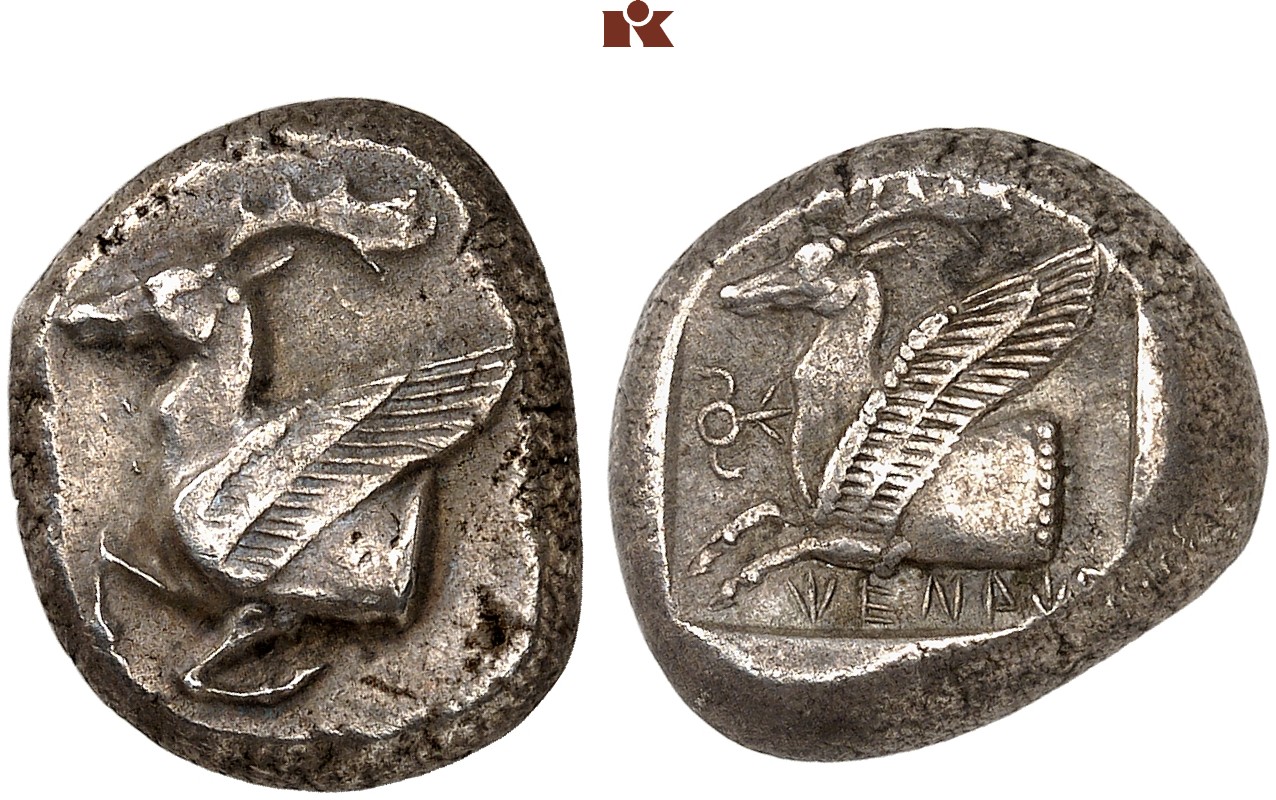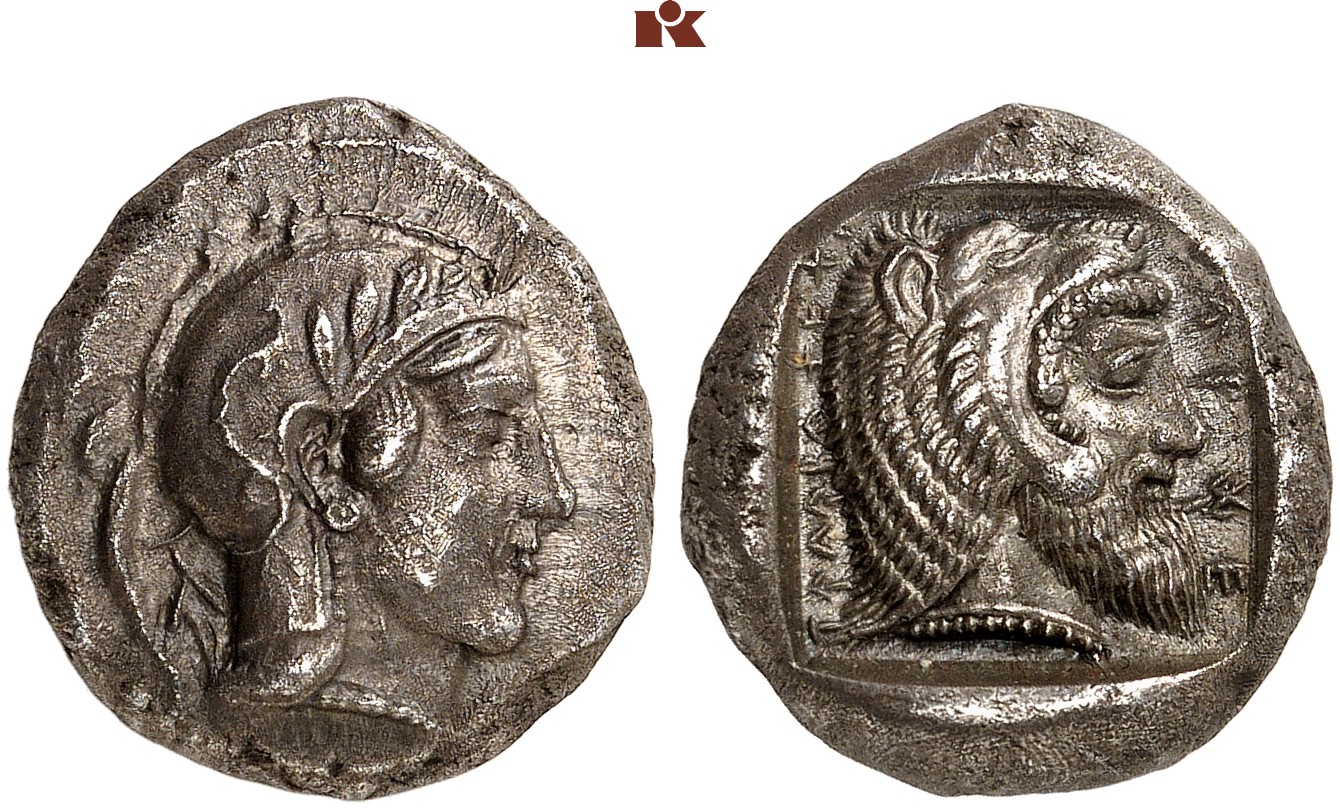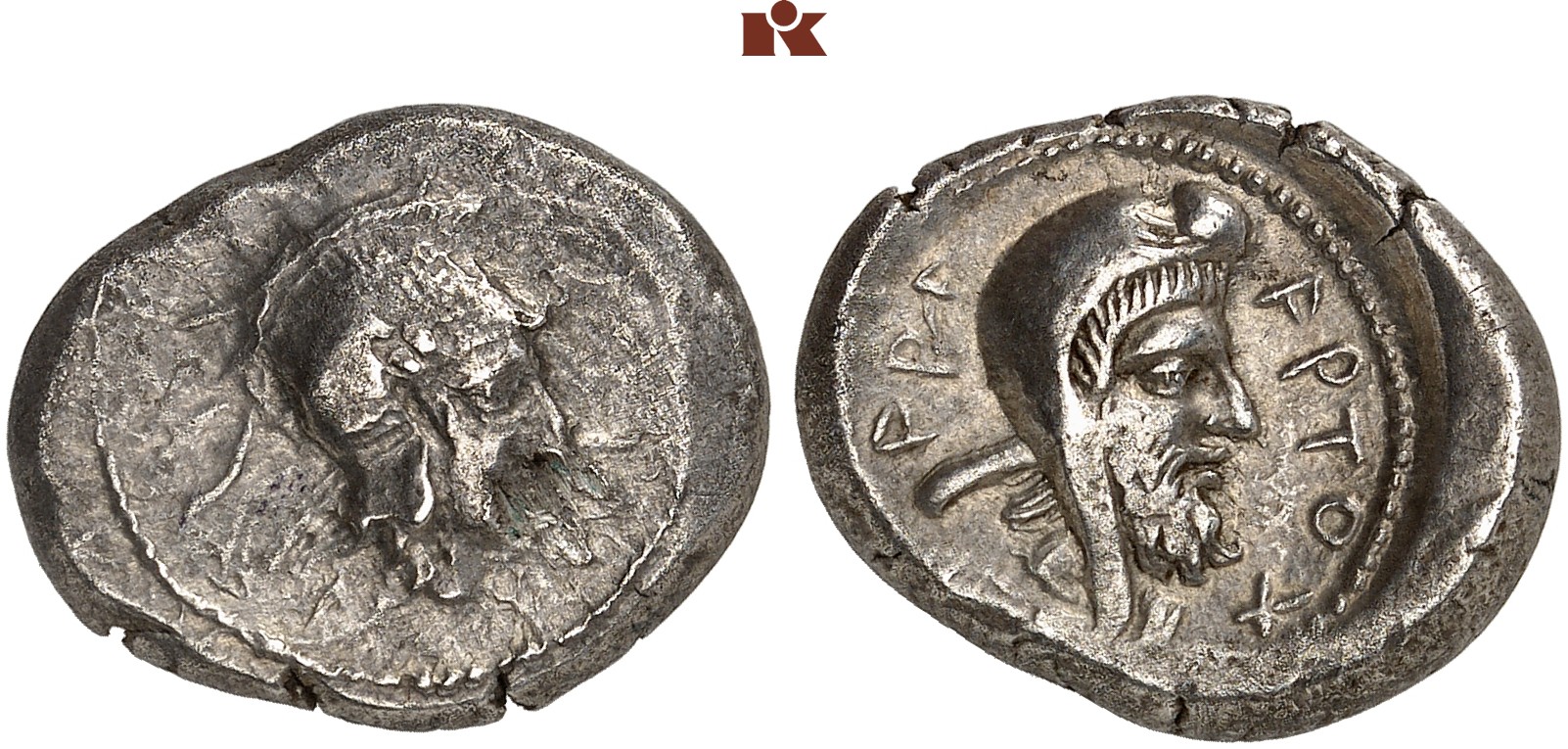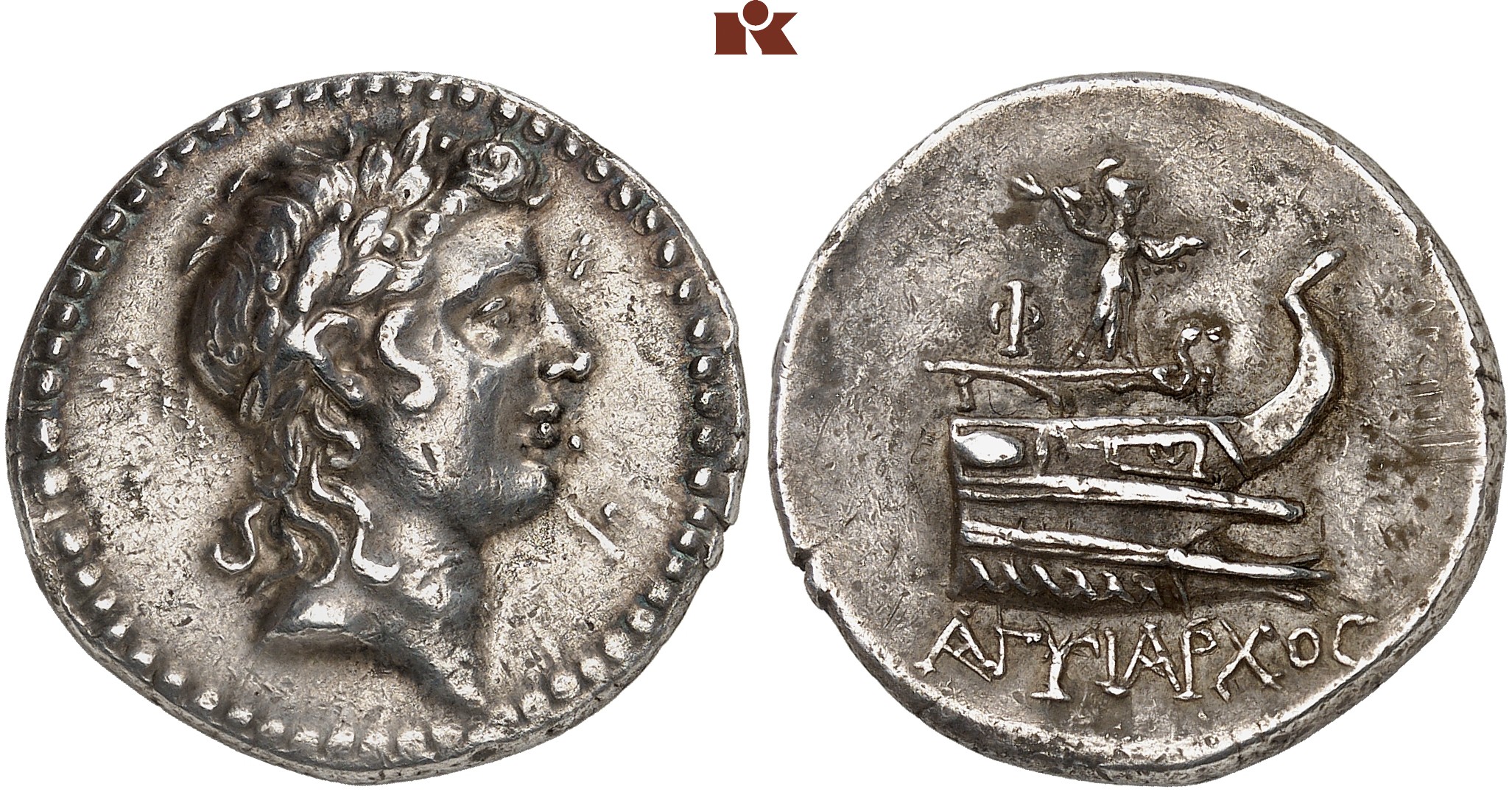Preview of our Spring Auction Sales Part 1: Lycia, Pamphylia and Cilicia: The Sayar Collection
15. February 2024
Collecting is a passion – and you can most definitely feel this passion when browsing through catalog 402. It presents the first part of the Dr. Kaya Sayar Collection, which will be offered on 14 and 15 March 2024 at Künker in Osnabrück.
The collection grew for more than 30 years. Its composer – Dr. Kaya Sayar – is one of those wonderful people who live their lives as cosmopolitans while also cherishing their roots in two home countries. Born in Istanbul, the structural engineer obtained his doctorate in Hannover (Germany), where he met many numismatic friends at the local coin club. While he considers Hannover his home town, he also loves Turkey, the country he was born in and where he spent his childhood, his youth and countless wonderful moments of relaxation. Dr. Sayar is an amateur, a lover of numismatics in the truest sense of the word. Professionally speaking, he engineered important buildings across the globe. At this point, we will limit our list to the breathtaking Barquisimeto Cathedral in Venezuela, the Mertim Tower, which was the tallest building in Turkey until 2000 at a height of 580 feet, and the extravagant water tower of the Saudi Arabian city of Medina.
As a collector, Dr. Kaya Sayar was particularly interested in the Lycian landscape. With its high mountains and abundant rivers, the region exerts a unique fascination on every tourist who visits it. The extraordinary quality of the Sayar Collection is best illustrated by the fact that Wilhelm Müseler used it time and again while authoring his most recent reference work on Lycia.
The coins of Lycia and those of the neighboring provinces of Pamphylia and Cilicia will come under the hammer at Künker’s Spring Auction Sales 2024. Later in the year, they will be followed by the Anatolian coins of the Sayar Collection.
Lycia, Pamphylia, Cilicia
As numismatists, we tend to forget that the term “Greeks” refers to a conglomerate of many different peoples, who would not have considered themselves to be Greek. One of these peoples are the Lycians, who lived in the hinterland of the southern coast of today’s Turkey. They developed their own script and distinct political structures. Local dynasts ruled over the neighboring territories when the Persians brought the fragmented region under their control around 540 BC. Probably inspired by the Greek city of Phaselis, many Lycian dynasts issued their own coins, whose archaic charm appeals to collectors all over the world.
The indigenous language was also preserved in Pamphylia, although Greek settlers found a new home in the fertile alluvial plain. The cultures mingled, as is evidenced by deities such as “Artemis” of Perge. Despite the Greek name, the goddess’ appearance is still true to how she had been depicted before the Greeks arrived. And Cilicia, which was conquered by the Macedonian army in 333 BC at the Battle of Issus, is a region where many cultures and influences came together. This is also reflected by its coinage. Cilician pieces depict many motifs that seem familiar to us, and whose details reflect the influence of the Near East. This preview presents some selected pieces that illustrate the distinct character of south Turkish coinage. Attention should be drawn to the fact that Dr. Sayar exclusively bought his pieces at renowned auctions, which is why his collection contains many pieces of excellent provenance. You will repeatedly come across the names of Hans von Aulock, Theo Reuter and Edoardo Levante.
No. 95: Khinakha. Stater, 470-440, Kandyba. Probably unique. Very fine. Estimate: 2,500 euros
No. 140: Kheriga. Stater, 440-430, Phellus. Very rare. Very fine. Estimate: 2,000 euros
No. 164: Kherei. Stater, 430-410, Telmessus. Rare. Extremely fine. Estimate: 1,250 euros
No. 267: Phaselis. Stater, 167-130. Fine toning. About extremely fine. Estimate: 1,250 euros
No. 489: Tarsus. Mazaios, 361-334. Stater. Very rare. About extremely fine. Estimate: 1,000 euros


